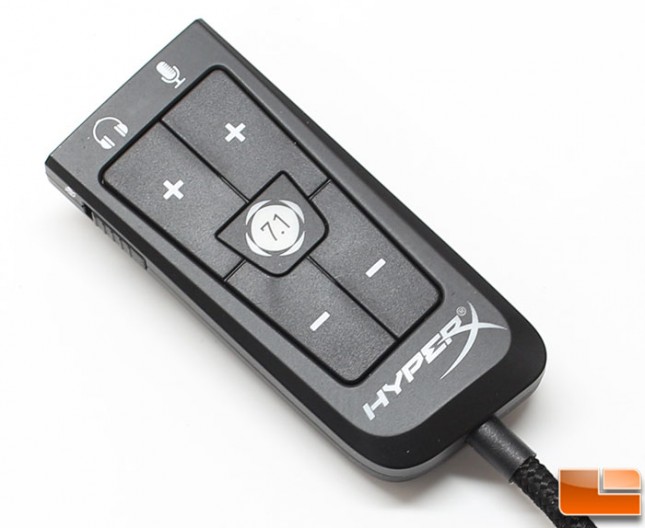HyperX Cloud II Gaming Headset Review
Kingston HyperX Cloud II Overview
Like the original Cloud headset, the Cloud II are a full size headphone, that has circumaural earcups with a single 53mm neodynium speaker in each earcup.
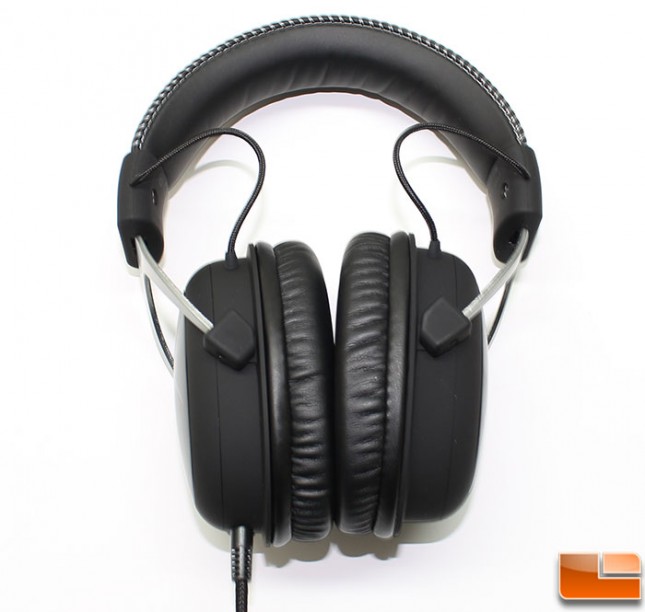
Taking a look at the side view of the Cloud II, the HyperX logo is on both earcups, which is brushed aluminum not plastic. The rest of the outside of the earcup is plastic with a soft coating.
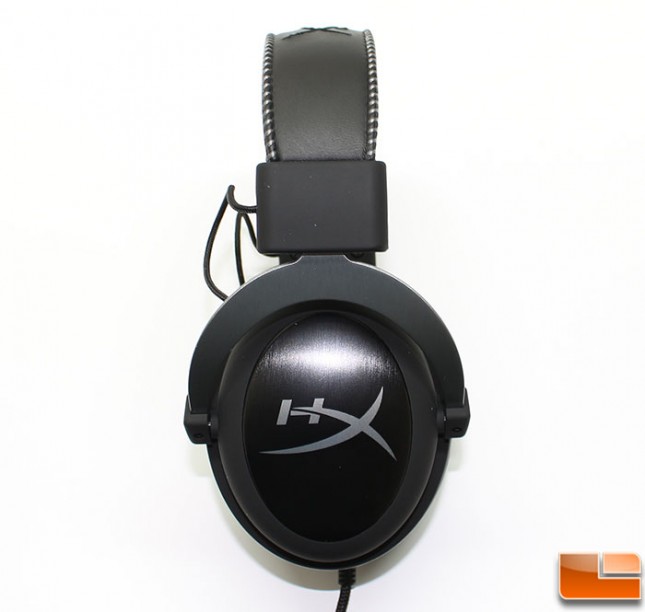
The top of the headband has exposed stitching that contracts with the color of headset, the Gunmetal has a silver stitching, the Red headset has a black headset, with red stitching and the Pink is a white headset with Pink stitching. The HyperX logo can be found on the top of the headset as well in color matching stitching to the rest of the headband.
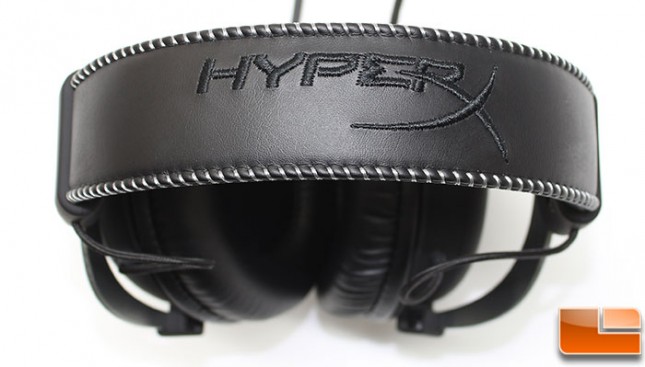
The earcups can be extended by around 1.25″, on the inside of the aluminum frame are little dimples that indicate which extension setting you are using. While most will simply pull the sides down until they are comfortable, these are nice to give an idea what your person setting is.
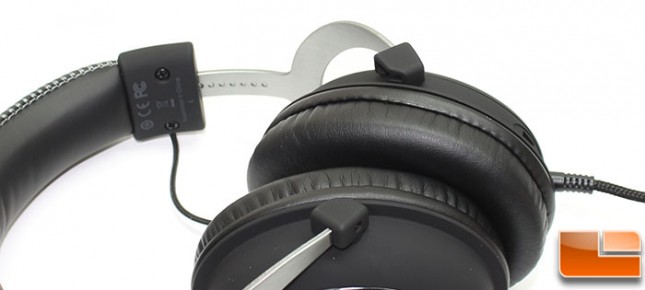
Many modern headsets have earcups that rotate 90 degrees, so that when they are resting on the shoulders, they can lay flat. If this is an important feature to you, then these might not be the headphones for you; Kingston did not include earcups that rotate 90 degrees. Kingston includes the leatherette earpads on the HyperX Cloud II headphone, these can be removed rather easily and replaced with the included soft velour earpads.
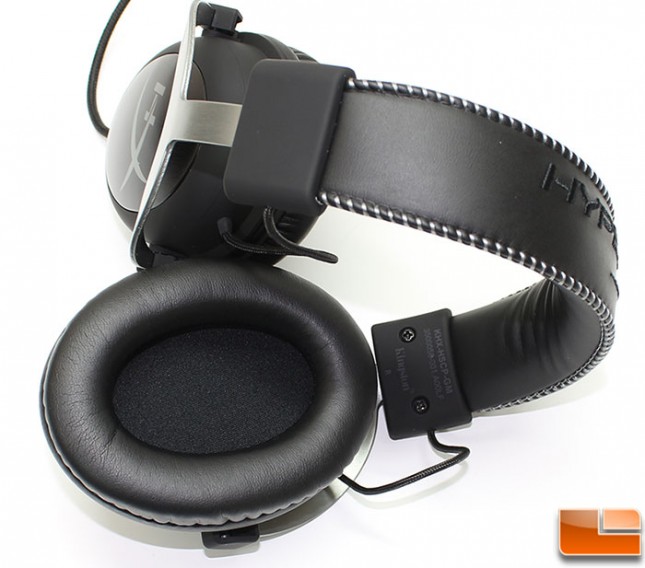
When you remove the earpads, the 53mm neodynium driver can be seen behind another layer of fabric.
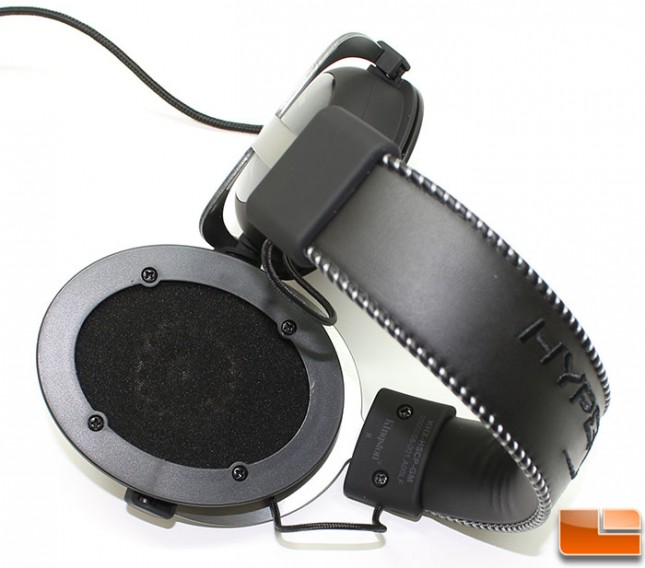
As I prefer the soft velour earpad, I have placed them onto the earcups.
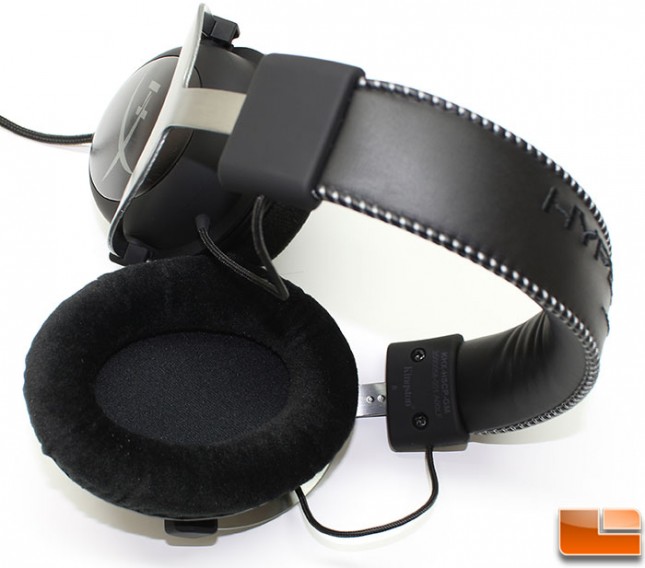
The microphone is 150mm in length, which should be sufficient for most users. To make it more user friendly, the microphone gooseneck is easily bent to accommodate the user.

The left earcup includes the hardwired audio cable with the 3.5mm plug, and a microphone port which Kingston has hidden behind a rubber cover. With the cover removed the microphone can be inserted into the 3.5mm port. Kingston didn’t key the port, instead they used the frame of the earcup to dictate the direction the microphone can be installed in.
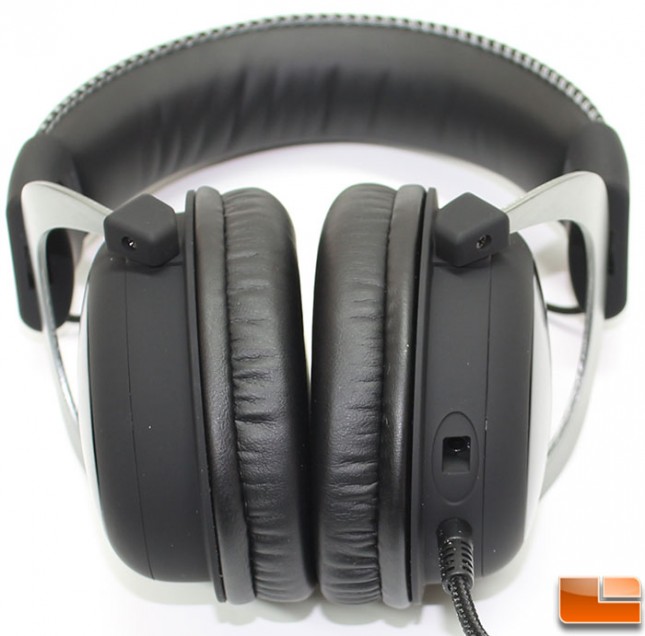
One installed, the microphone looks like a part of the headset, and not an add-on. It can be removed just as easily if it is not needed. Be sure to put the port cover in a safe spot so it can be reinstalled when the microphone is not on the headset.
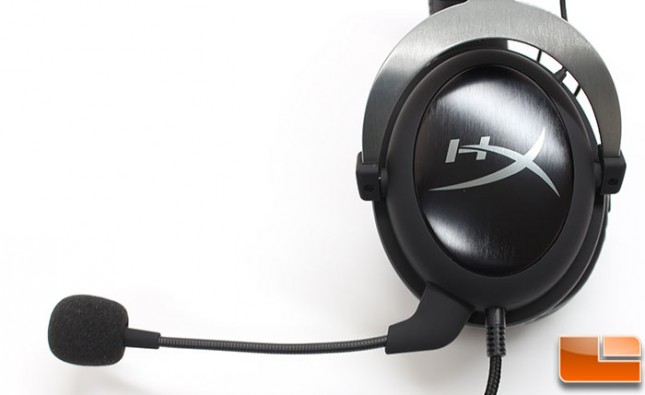
The 3.5mm to USB controller unit has the built-in 7.1 DSP sound card. There are dual volume controls, one for the headset and the other for the microphone. In addition, there is a switch on the side that mutes and unmutes the microphone. In the middle of the controller is the 7.1 button that activates or deactivates the 7.1 audio. The HyperX logo glows red all the time, while the 7.1 button will glow red when the 7.1 feature is activated.
